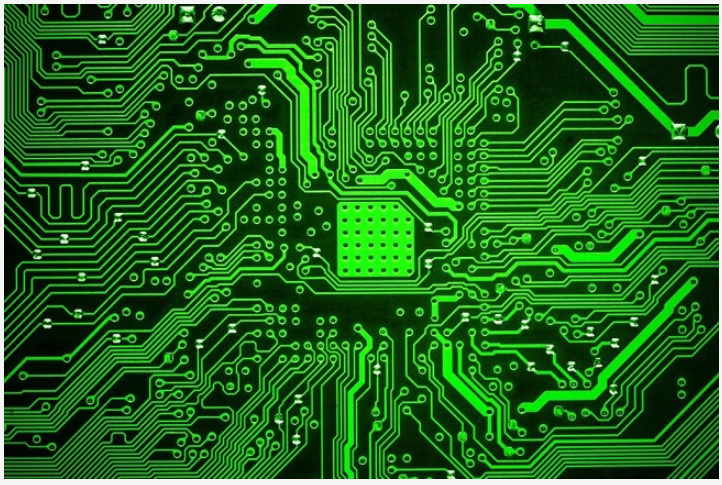Interpretation of humidity and PCBA
PCB factory: PCB due to its precision and rigor, resulting in high environmental hygiene requirements for every PCB workshop, and some workshops are even exposed to the "yellow light" all day long. Humidity is also one of the indicators that need to be strictly controlled. Today we will talk about the impact of humidity on PCBA.
Humidity is an indicator that is very critical in the manufacturing process and must be strictly controlled. Low humidity can lead to dryness, increased ESD, increased dust levels, easier blockage of template openings, and increased template wear. Practice has proved that low humidity will directly affect and reduce production capacity. Too high will cause the material to absorb moisture, leading to delamination, popcorn effect and solder balls. Moisture also reduces the TG value of the material and increases dynamic warpage during reflow welding.
Introduction to Surface Wetness

Almost all solid surfaces (such as metals, glass, ceramics, silicon, etc.) have a moisture-absorbing layer (monolayer or multi-molecular layer), when the surface temperature is equal to the dew point temperature of the surrounding air (depending on temperature, humidity and air pressure), This wet water-absorbing layer becomes the visible layer. The friction force of metal to metal increases with the decrease of humidity. At a relative humidity of 20% RH and below, the friction force is 1.5 times higher than that at a relative humidity of 80% RH.
Porous or moisture-absorbing surfaces (epoxy, plastic, flux, etc.) tend to absorb these water-absorbing layers. Even when the surface temperature is lower than the dew point (condensation), the water-absorbing layer containing moisture cannot be seen on the surface of the material.
It is the water in the monomolecular water-absorbing layer on these surfaces that penetrates into the plastic encapsulated device (MSD). When the monomolecular water-absorbing layer is close to 20 layers in thickness, the moisture absorbed by these monomolecular water-absorbing layers will eventually cause the failure during reflow soldering. Popcorn effect.
Influence of humidity in the manufacturing process
Humidity has many effects onPCB production and manufacturing. Generally speaking, humidity is invisible (except for weight gain), but its consequences are pores, voids, solder spatter, solder balls and underfill voids.
In any process, the control of moisture and humidity is very important, ranging from abnormal body surface appearance to unqualified products. Therefore, the usual workshop must ensure that the moisture and humidity on the surface of the substrate are properly controlled to ensure that the environmental indicators in the production process of the finished product are within the specified range.